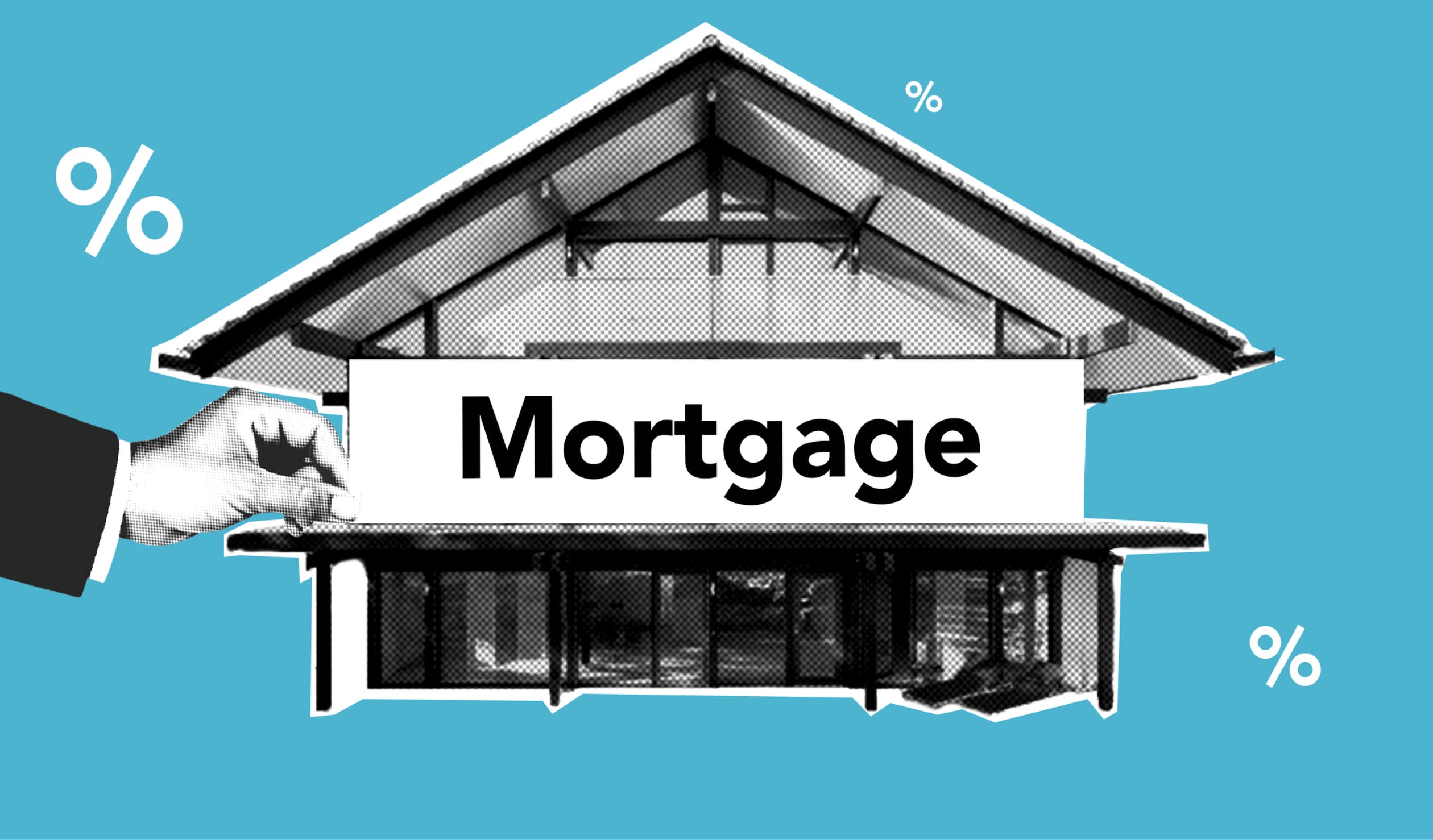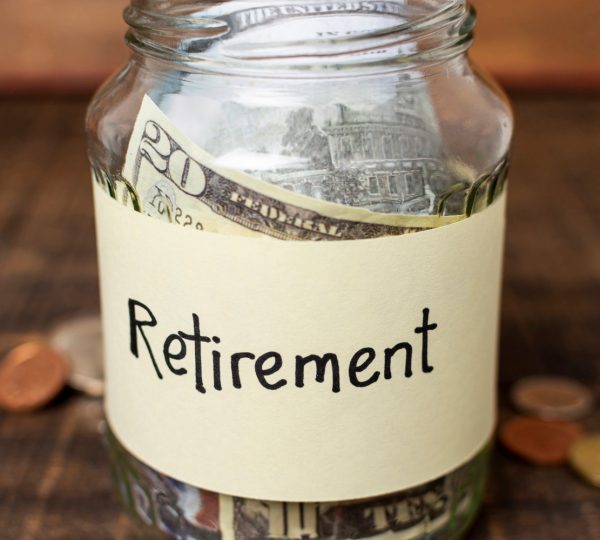The mortgage market in the United States today is a result of gradual developments that took place there through a series of events for a number of years and today it stands as a pillar to being the most complex, unconventional and immensely large home-financing market in the globe. Widely, there were five distinctive areas in the United States home-financing market during the period of the last hundreds of years. How the private-label mortgage-backed securities (MBS) market is going to recover in the coming years and if and how the potential federal government interventions going to take a place in the market are the two elements to decide on how the mortgage market in the United States is going to evolve during the coming years.

Before the Great Depression that took place between the period of August 1929 to March 1933, the mortgage market in the United States was strictly a private business and had no federal deposits insurance schemes or mortgage lending related federal regulations to find in the market. Percentage of home ownership in the country was below 50 and the typical down payment requirement to apply for a mortgage loan was 50 percent and the mortgage loan tenure during the time was mostly short term and five-year loan tenure had been the industry norm.

The damage made by the Great Depression to the entire financial system was immense and especially to the mortgage market it was critical. The Great Depression was responsible for negative growth of -26.7 percent in the world economy and it also claimed the responsibility for some 24.9 percent unemployment rate by 1933. Mortgage-delinquency rate by the year 1934 was some 50 percent in the United States, as banks, thrifts and mortgage lenders failed. The federal government of the United States immediately responded and implemented regulations and institutions in order to safeguard and prevent from further downfall in the market, included were superficial monitoring of lending to mortgages and depository institutions; Federal Deposits Insurance: The Federal Housing Administration (FHA): The Federal Home Loan Bank System (FHLBS): The now-defunct Home Owner’s Loan Corp. (HOLC): The Reconstruction Finance Corp. (RFC): and the Federal National Mortgage Association (Frannie Mae). This transformation in federal level supervision and federal deposit insurance worked highly positively, that enormously strengthened the banking system and thrifts, and the same depository institutions managed to conquer the dominance of whole mortgage lending market following to the WW2 and has collectively acquired 75 percent market share from the mortgage lending market of the United States by 1973. FHLBS introduced the long-term predominant loan type which was not only fixed-rated, it was also self-amortized, while the Veteran Administration and the Federal Housing Administration ensued a massive number of Mortgages in the housing loan portfolio that supported the 64 percent homeownership ratio back in 1970.

The main weakness of the said depository offices was the default ratio which was high in the nation-wide market and it had accompanied by a high time difference between the elements of short-term and long-term fixed-rate mortgages. To address this weakness the federal government responded to sponsor two entities namely Fannie Mae in 1968 and Freddie Mac in 1970 by retaining the Gennie Mae (Government National Mortgage Association) as an agency for the government. Actions led by the formed institutions were able to bring and create a secondary market for mortgages. Fannie Mae and Freddie Mac as government-sponsored organizations did not derive mortgages, but they issued bonds to the originators in the national and international capital markets to buy mortgages from them. Further, the government-sponsored organizations kept some of those mortgages for themselves and sold other facilities to outside as “agency” MBS and later in the year 2000, they managed to fund more than 50 percent of market originated mortgages.

With an immense works done by the government-sponsored organizations to mitigate the market risks, they managed to maintain a steady homeownership rate nationwide during the 1975 to 1995 period. The new business model called private-label MBS emerged as a response to immense innovations in the United States financial market and also the newly emerged model encouraged non traditional borrowers and underserved borrowers to improve their segment in the emerging market. This new model helped to improve and specialize in various steps in the mortgage process such as; originating, guaranteeing, securitizing, servicing and funding for a number of different lending institutions. Having being succeeded in the emerged purpose, the private-label MBS managed to fund more than 20 percent of the whole mortgage market during its last financial year. Following the subprime-mortgage crisis outbreak happened in the United States in 2007, as a result of it a new crisis called global-credit crisis began in the same year which lasted till 2008. During the crises private-label MBS was sunk in the past through their own weighs of deranged incentives, huge fraud doses, and unrealistic forecasts.

It is not pragmatic to think as the so-called originate-to-distribute business model, private-label MBS ever will manage to rise from the ashes anytime soon. Moreover, the United States mortgage market has gone backwards to sticking to its old school models of insured depository institutions and the government-sponsored enterprise to pump most of the mortgage funds today.
What is still unclear is whether, and to what extent, the federal government of the United States will intervene to create entirely new regulations and institutions that could commission in another era in the evolution of its mortgage market.



